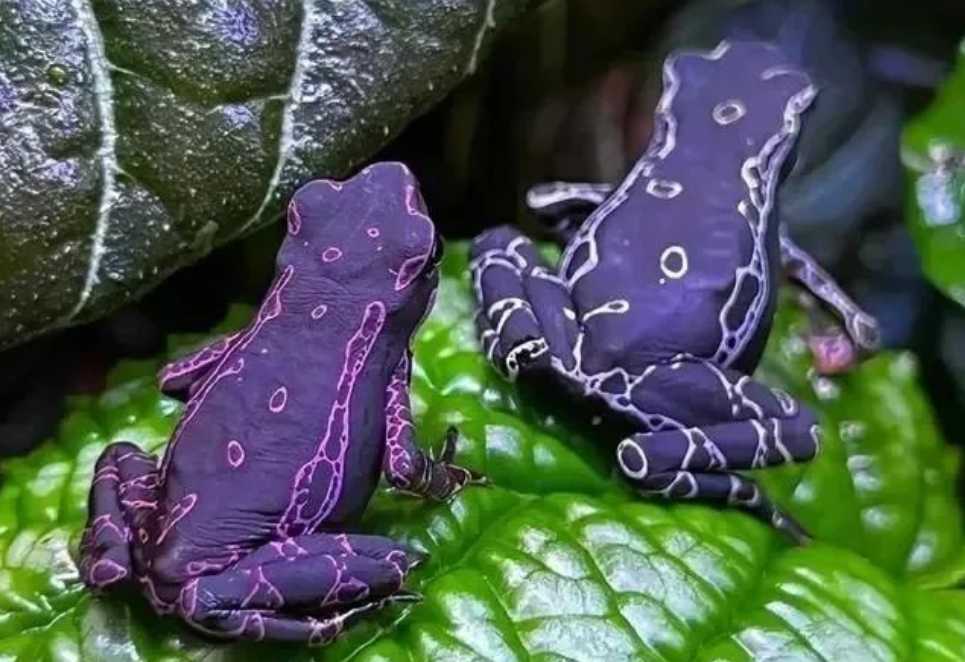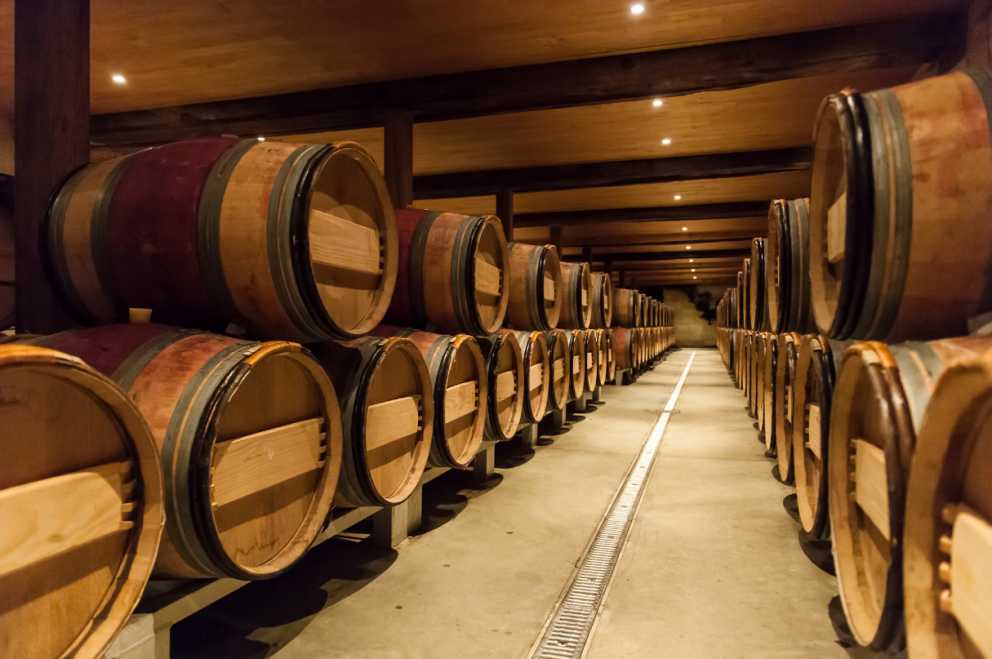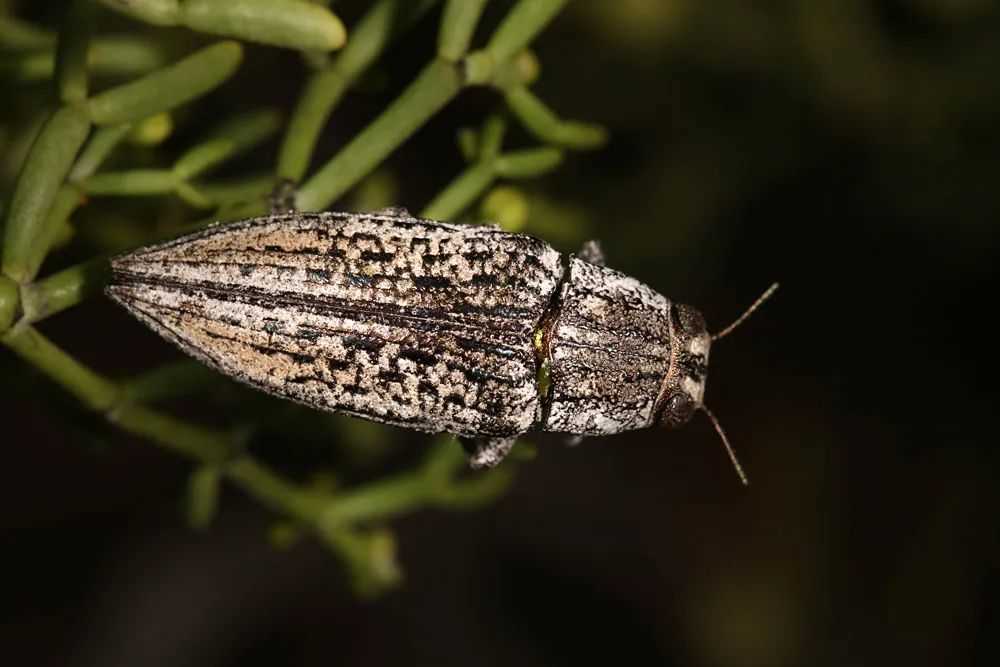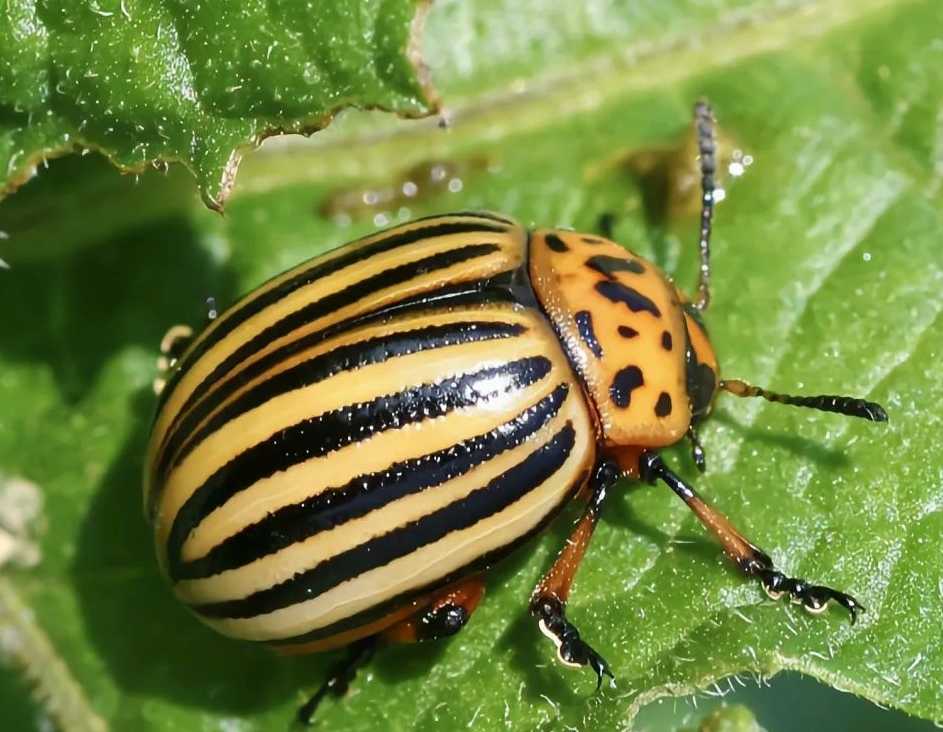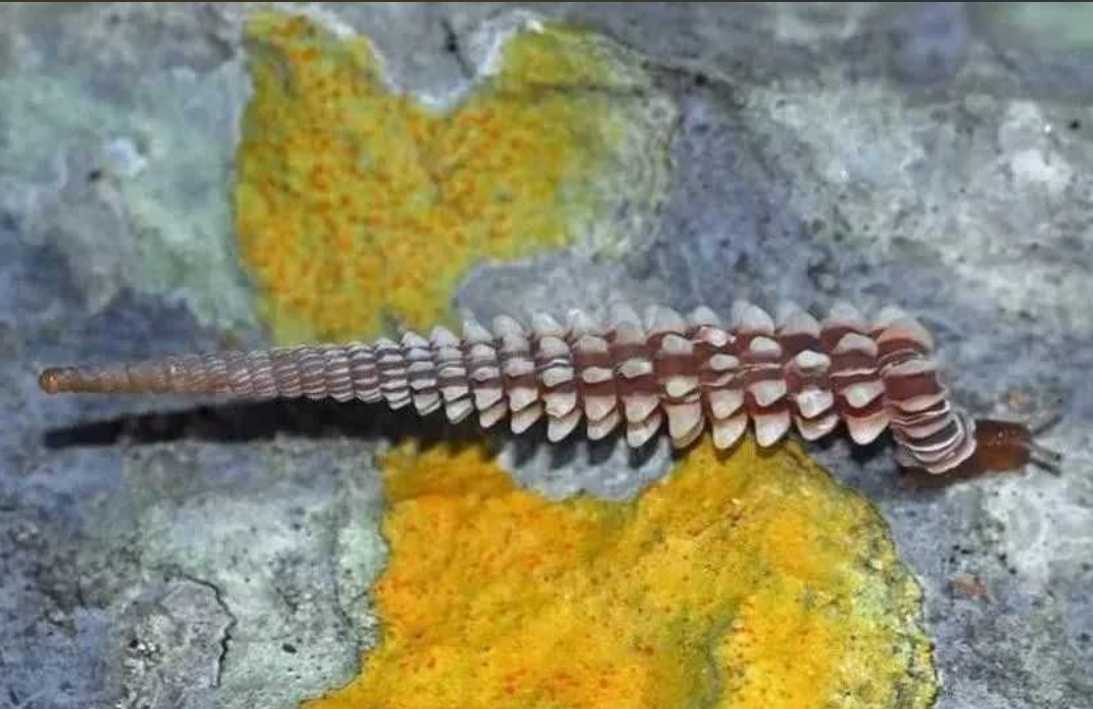
Endemic to Cuba’s mist-shrouded mountain ranges, the Callonia snail (genus Callonia) perplexes biologists with its scale-covered, funnel-shaped shell—an evolutionary departure unmatched in the mollusk kingdom. Discovered in the 1930s, this rare gastropod thrives in cloud forests above 1,000 meters, its unique form hinting at adaptations to Cuba’s karst landscapes. Though poorly studied, its striking shell has become a symbol of island biodiversity under threat.
The Callonia snail’s most iconic trait is its elongated, funnel-shaped shell (up to 7 cm), armored with keratinous scales resembling reptilian plates. These scales likely deter predators, while the funnel structure aids navigation on steep limestone cliffs. Microscopic ridges on each scale enhance grip on wet surfaces, allowing vertical rock climbing—uncommon in land snails.
Coloration ranges from mottled olive to chestnut, with ivory-edged scales camouflaging it among mossy rocks. Unlike spiral shells, its funnel form lacks a central apex, representing a radical evolutionary divergence. The mantle secretes sticky mucus that traps debris on scales, further enhancing concealment.
Restricted to Cuba’s Sierra Maestra and Escambray Mountains, Callonia feeds on lichens and detritus, using a specialized radula to scrape rock surfaces. Nocturnal by nature, it shelters in crevices during the day to avoid drying out. Females lay only 2–3 eggs annually, limiting population recovery.
Habitat loss from coffee plantations and logging has fragmented its range, while invasive rosy wolfsnails prey on native mollusks. Classified "Data Deficient" by the IUCN, Callonia is a priority for Cuban conservationists, who run captive breeding programs in the Santiago de Cuba Botanical Garden. Its survival depends on preserving cloud forest microclimates—ecosystems increasingly vulnerable to climate change.
In Cuba’s misty peaks, the Callonia snail embodies evolutionary ingenuity. Its scaled funnel shell, a marvel of natural design, underscores the urgency of protecting island endemics before their secrets vanish with their habitats.

